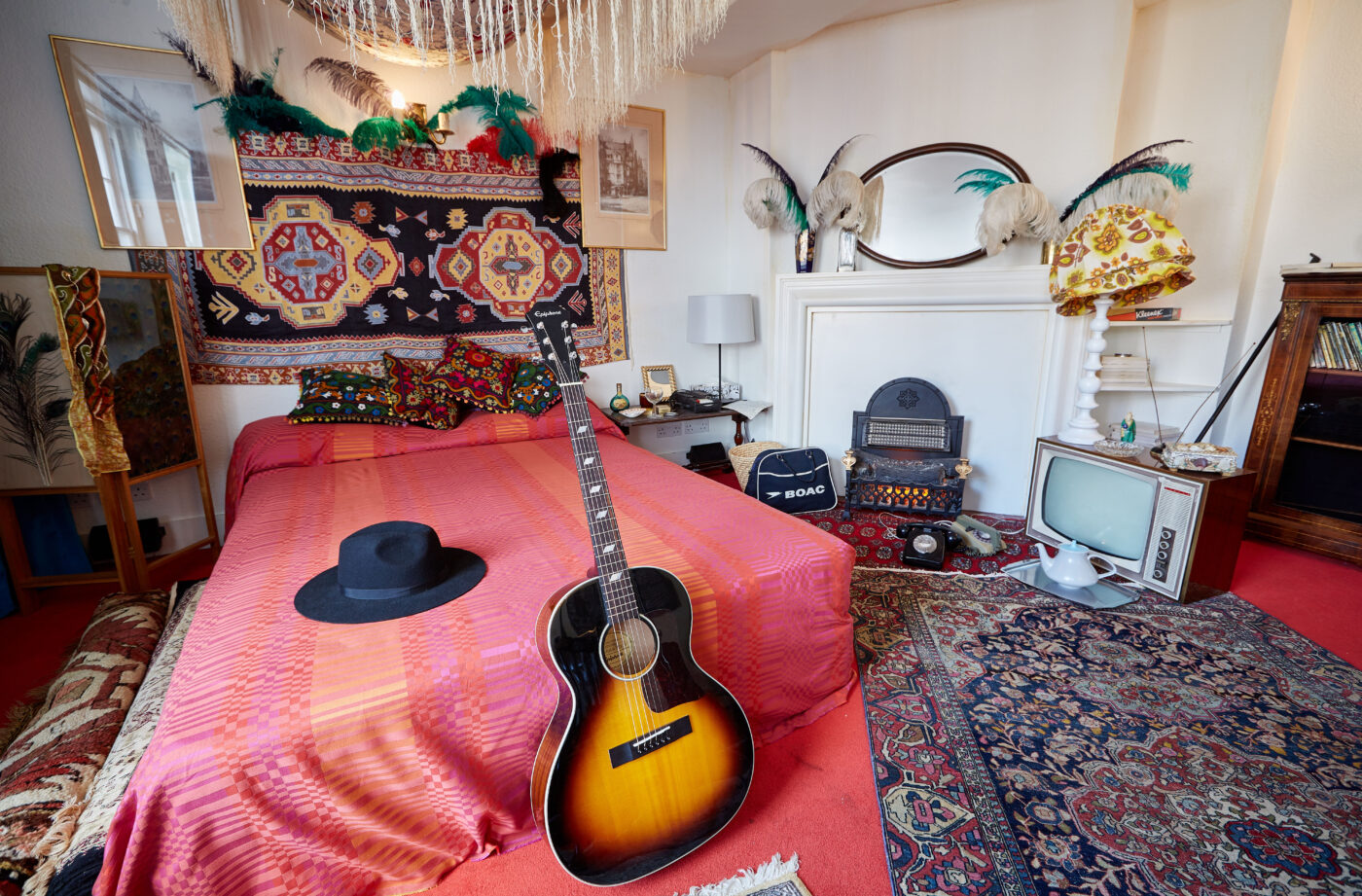ONE DAY IN LONDON THE HANDEL HENDRIX HOUSE
Incredibly, both George Frideric Handel and Jimi Hendrix lived at the same address in London. Just not together, to be clear
There are exceptions, but history seems to indicate that all the great progress in arts and science happens where people are gathered. That means cities. And the famous quotation by Samuel Johnson about London remains true many centuries later: When a man is tired of London, he is tired of life, for there is in London all that life can afford.
I recently spent some time in London, one of my favorite cities in the world, and in just one day visited three incredibly eclectic and under-visited places. Add them to your list.
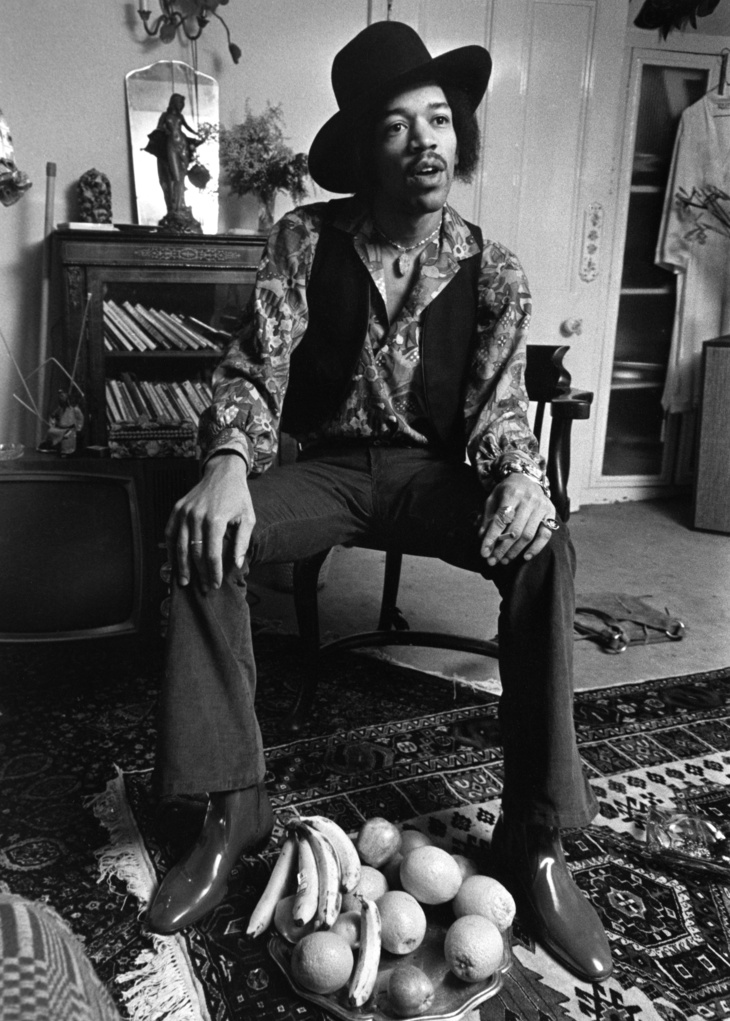
The first lovely example was a visit to the Handel Hendrix House which does a marvelous job showing how two immigrants came to London centuries apart, lived in the same building and created music that resonates through the years.
The thoughtful representation displayed here brilliantly places both musicians’ lives and times in context. Their instruments are displayed — keyboards for the German transplant and guitars of course for the Seattle native.
The House occupies four floors at 25 Brook Street, where George Frideric Handel lived from 1723 until his death in 1759. The historic rooms were restored a year ago, at a cost of £3 million. The front room where Handel held auditions and concerts faced Brook Street, and the windows were uncharacteristically uncurtained. Apparently neighbors and passersby appreciated the music wafting from the windows above.
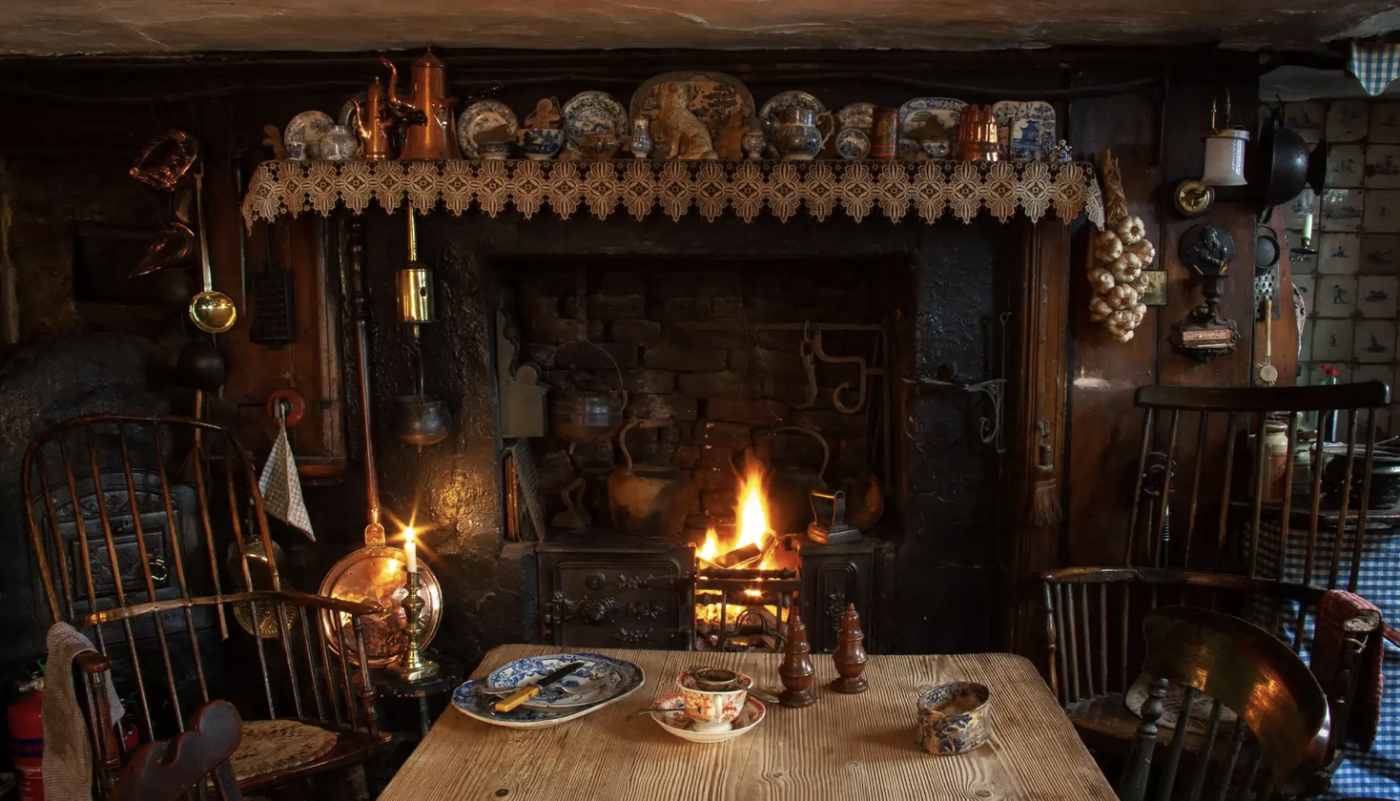
The adjoining room is where Handel composed. Standing there contemplating one of his masterpieces, Messiah, had me almost trembling. Handel composed Messiah in 24 days in the summer of 1741. The oratorio was premiered in Dublin in 1742. His canon is impossibly large, excellent and timeless: 42 operas, 24 oratorios, more than 120 cantatas, trios and duets, numerous arias.
Next we found ourselves upstairs where centuries later Hendrix lived the last two years of his life. London of 1968-69 was at peak swinging, and Hendrix hosted myriad musicians, journalists and photographers in his flat, the latter of whose work confirmed the accuracy of his rooms. The stories of his life in London are legion and legendary, and often involve being awed and adored by British music royalty. Paul McCartney called him “a sweetie, a very nice guy.” George Harrison was happy to spend the night in one of the relatively cramped rooms.
When Hendrix was told that Handel had previously occupied the premises, he replied: “God’s honest truth I haven’t heard much of the fella’s stuff but I dig a bit of Bach now and again.” Hendrix subsequently bought a recording of Messiah at the HMV record shop on nearby Oxford Street.
My wife and I stayed at Handel Hendrix House until they kicked us out. This is a not-to-be-missed stop for lovers of music and history.
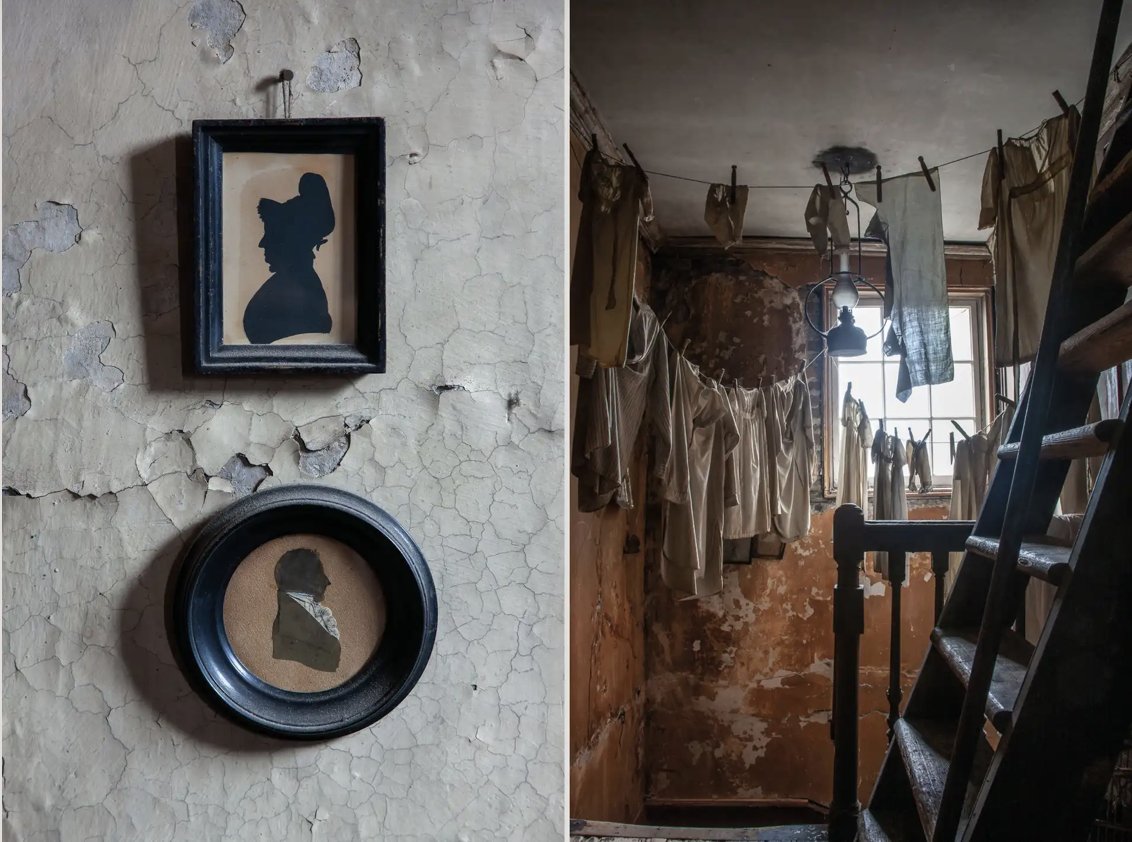
Dinner was a pleasant 12 minute walk to Bébé Bob, which somewhat improbably specializes in rotisserie chicken and little else. It reminded me of Henry Ford’s admonition that you can have his car in any color as long as it is black. The restaurant is located on the aptly named Golden Square, about where Soho meets Mayfair. The décor is a tasteful blend of art deco meets Miró.
The chicken arrived with a parchment-thin, crispy, delicate skin. The meat was tender and juicy, supplemented by a delicate au jus. The attentive service staff explained that when the birds are cooking, the juices are pulled to the center of the chicken, and the “oysters”, the small pieces of dark meat on the back of the chicken’s thigh, are considered the best part.
There’s more on the menu, such as caviar, fine wine and champagne. We enjoyed crisp roasted carrots and parsnips in a light honey sauce, scalloped potatoes and a crisp winter leaf salad. This restaurant was another unexpected delight in the city that, frankly, continually reinvents itself.
The final stop on our extraordinary day in London was Dennis Severs’ House, located about seven miles east in the Spitalfields section. In 1979, Severs bought a derelict house saved by the Spitalfields Trust and reconfigured it to tell the story of an imaginary Huguenot family who lived there in 1724. an actor leads visitors, in groups of no more than seven people, through the tiny rooms. You are passing through time as you are led through the house.
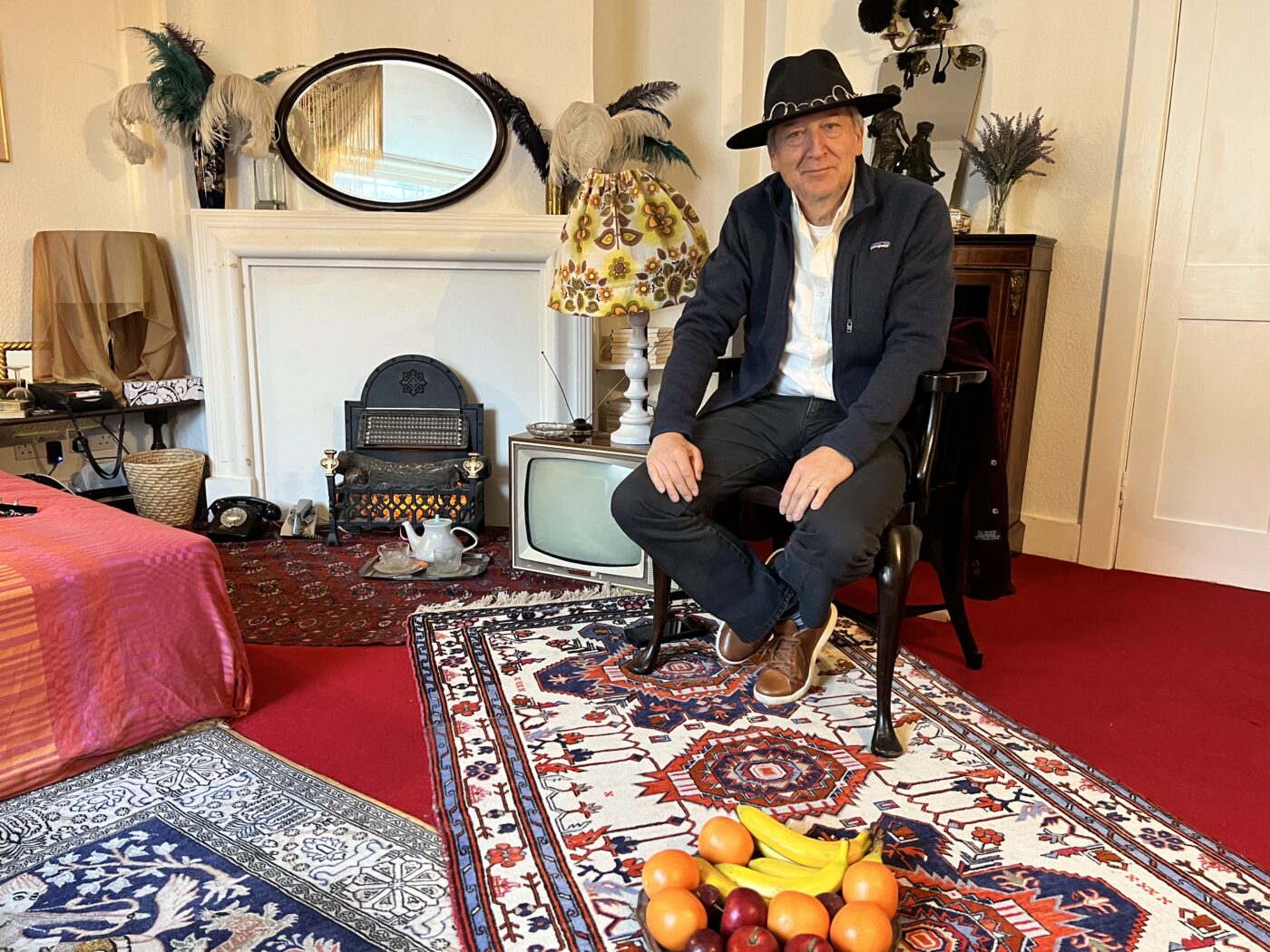
We started in the cold, dank basement, lit like all the rooms only by candles. While explaining what we would be experiencing, the actor pushed her hand through an empty picture frame, to evoke the forthcoming passage through the decades. As we moved from room to room she portrayed various family members, shifting quite seamlessly across accents. She wove the family’s life into the local history, and the wider economic and political history of England.
The rooms were connected by a creaky stairway, and each was decorated with suitably faded fabrics, paintings, clothes and artifacts. In a successful attempt to engage as many senses as possible, various scents were evident from room to room.
This was not an average night at the theater, nor was it a ghost tour of Cornwall. It was a bit of both, but so well-executed that for about those 90 minutes we were spellbound.
Later, over a couple pints at a pub, trying to capture the experience of our day was difficult…






